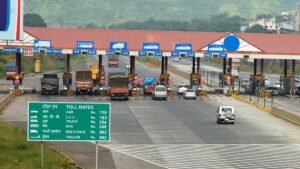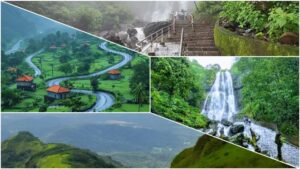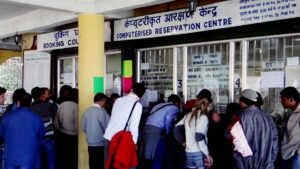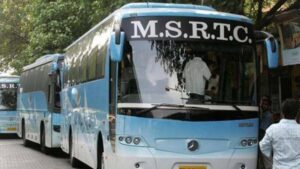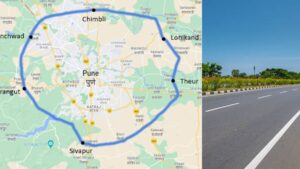The Story of Birth of Shatabdi Express and the History of Foil Wrapped Food, Jyotiraditya Scindia Reveals Inside Details
In a landscape where the Vande Bharat trains now command attention with their semi-high speed and self-propelled capabilities, highlighting India’s prowess in indigenous manufacturing, it’s essential to revisit the era that set the stage for such advancements. The 1980s and 1990s belonged to the Shatabdi Express trains, India’s answer to high-speed connectivity, often celebrated as the “desi bullet trains.” These trains, designed to return to their origin station on the same day, connected major cities across the country with minimal stops, creating a revolution in day travel.
The Genesis of Shatabdi Express
The inception of the Shatabdi Express trains is a tale of vision, inspired by global standards and rooted in the desire to elevate India’s railway system. Civil Aviation Minister Jyotiraditya M. Scindia, in a revealing interview, traced the origins of the Shatabdi Express back to his father, Madhavrao Scindia, the then Railway Minister. The first Shatabdi Express was launched in 1988, linking Delhi and Jhansi, to commemorate the birth centenary of Jawaharlal Nehru. This initiative marked the beginning of a new chapter in Indian Railways, driven by Madhavrao Scindia’s tenure from 1986 to 1989 under the Rajiv Gandhi Ministry.
Inspiration from Abroad
Madhavrao Scindia’s vision for the Shatabdi Express was significantly influenced by his international travels, particularly to Japan and France. Alongside his son, Jyotiraditya, he observed the operational efficiency of Japan’s bullet train system and France’s high-speed trains, which offered swift connectivity with limited stops and innovative dining experiences, respectively. These observations were pivotal in shaping the concept and services of the Shatabdi Express trains.
Innovations in Dining
One of the standout features of the Shatabdi Express, as per Jyotiraditya Scindia’s interview, was the introduction of foil-wrapped food. This innovation was inspired by the dining arrangements aboard French high-speed trains, where food was served in casseroles, a departure from the traditional metal plates used by Indian Railways. Furthermore, the initiative to design food carts that could be easily maneuvered within the train compartments was entrusted to the Indian Institutes of Technology (IITs), showcasing a commitment to enhance the onboard dining experience for passengers.
"शताब्दी, हमारी देसी बुलेट ट्रेन थी जिसको मेरे पूज्य पिताजी श्री माधवराव सिंधिया जी ने जापान और फ्रांस के रेल का अध्ययन कर और आईआईटी के सहयोग से संचालित किया था।"
— Office Of JM Scindia (@Officejmscindia) February 22, 2024
– श्री @JM_Scindia जी pic.twitter.com/vhYQcmokWg
Legacy of Modernization
Madhavrao Scindia’s tenure as Railway Minister was not just about introducing high-speed trains but also about laying the groundwork for modernizing the Indian Railways. The expansion of the Computerised Passenger Reservation System was a testament to his vision, streamlining reservation processes and significantly improving passenger convenience.
The story of the birth of Shatabdi Express trains, as narrated by Jyotiraditya Scindia, is a fascinating account of visionary leadership and innovation. It underscores the transformational journey of Indian Railways, from the introduction of day trains that became a symbol of speed and efficiency to the ongoing evolution towards digitalization and modern infrastructure. The legacy of the Shatabdi Express continues to inspire, reminding us of the transformative power of visionary thinking and innovation in shaping the future of transportation in India.
